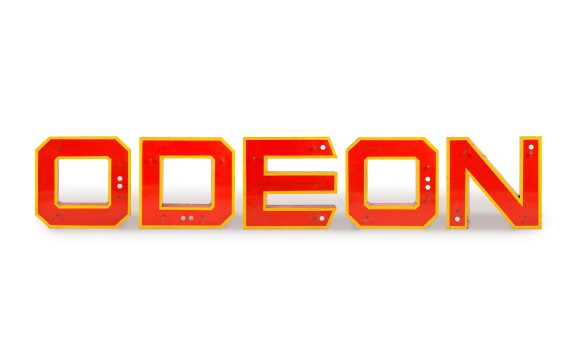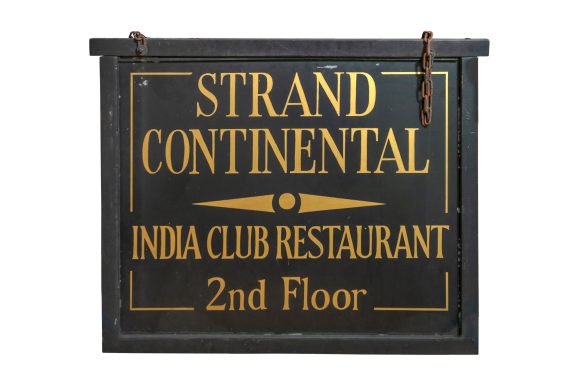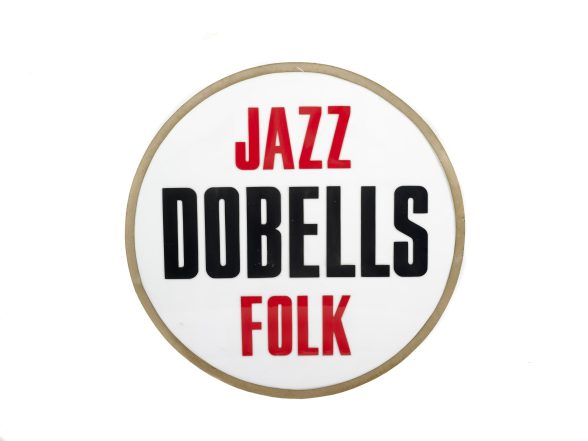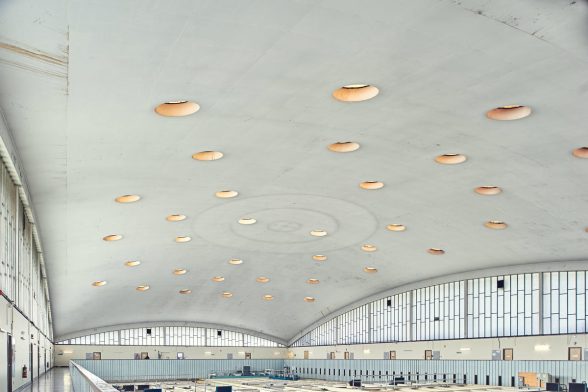This website uses cookies
This website uses cookies to enable it to function properly and to analyse how the website is used. Please click 'Close' to accept and continue using the website.



Image: London Museum
C20 Society is backing a new initiative from the London Museum, who have launched a public-call out for historic twentieth century signage to feature in Hanging Out – a permanent installation planned for the museum’s new site in Smithfield’s General Market building, set to open in 2026.
Hanging Out will represent a broad variety of London’s diverse communities, with the intention of giving an overview of the thriving and unique places which bring people together across the capital. The museum is searching for signs from across Greater London including (but not limited to): music venues, theatres, pubs, sports venues, community centres, restaurants, takeaways, nail salons, barbers, independent cinemas and more.

Image: London Museum
Some of the signs already donated to the museum include the 1930s style Odeon Cinema in Eltham, the 1960s roundel Dobell’s Jazz and Folk record store in Charing Cross Road, metallic signage from the 1990s nightclub Fabric, and the timber hanging sign from the much-loved India Club Restaurant and Strand Continental Hotel, which closed in 2023.
The focus is on signage from last 80 years, and potential signs need to be a minimum of 50x50cm to be considered for the installation. Anyone who has a relevant sign they’d like the museum to consider, or has information about signs which fit this description, should email ourtime@londonmuseum.org.uk with as many details as possible.

Image: London Museum
Hanging Out
The Hanging Out installation will occupy a prominent position space in the ground floor of the Smithfield General Market building, named Our Time and dedicated to exploring London in living memory. In its new home in Smithfield, the museum will welcome millions more visitors and every London schoolchild through its doors. It will open early and close late to reflect London’s 24-hour character and increased gallery space will enable visitors to enjoy more of The London Collection than ever before.
The Our Time experience will draw from the museum’s collection and utilise all that London has to offer including sights, sounds and recollections. Inclusive for all, and joyfully dynamic, the space allows visitors to celebrate and ponder what London means to them, recognising our challenges as well as celebrating our achievements.

Image: London Museum
New London Museum
The museum’s new permanent galleries in the Victorian General Market (Horace Jones, 1886-88 – Grade II) are due to open in 2026. The Poultry Market with its remarkable concrete shell paraboloid roof (TP Bennett and Son, Ove Arup and Partners, 1961-63 – Grade II) will be home to the museum’s temporary exhibitions, collection stores and learning centre, and is scheduled to open in 2028.
Led by architects Stanton Williams, working together with Asif Khan and conservation architect Julian Harrap, Smithfield is one of the largest and most significant cultural schemes currently underway across Europe. The project is a showcase of adaptive reuse of heritage buildings, targeting a minimum of BREEAM Excellent with an aspiration for Outstanding, looking to reuse and repair over 70% of the existing fabric and to recycle materials where possible, and aiming for 95% diversion of waste from landfill.

Image: Ayesa International

Image: London Museum

Become a C20 member today and help save our modern design heritage.